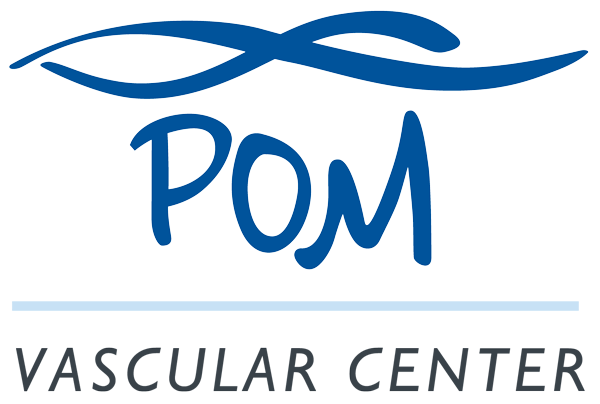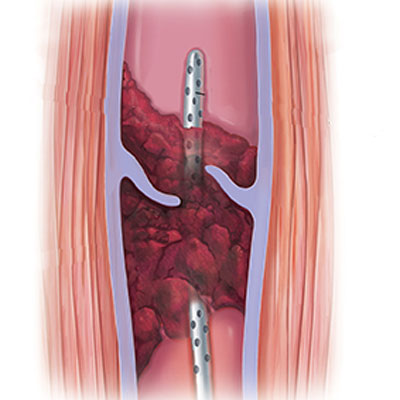Microphlebectomy
This procedure is performed on patients who suffer from painful varicose veins that do not respond to other treatments. Such veins may cause pain, swelling, restless legs and other discomfort while walking or standing.
An alternative to surgical vein removal, microphlebectomy uses imaging guidance in a minimally invasive approach to remove the diseased vein. The physician advances a catheter to the site of the vein through a small opening in the skin. A tiny hook is used to grab the vein and remove it through the opening in the skin. It is a safe and effective procedure, and blood is routed by the body to other, healthier veins.
Recovery from microphlebectomy requires a more time than EVLT but less time than open surgery. Patients require small stitches, which may be internal and invisible from the outside. They will wear compression stockings for two weeks and keep the treated leg elevated as often as possible.


